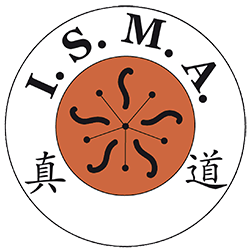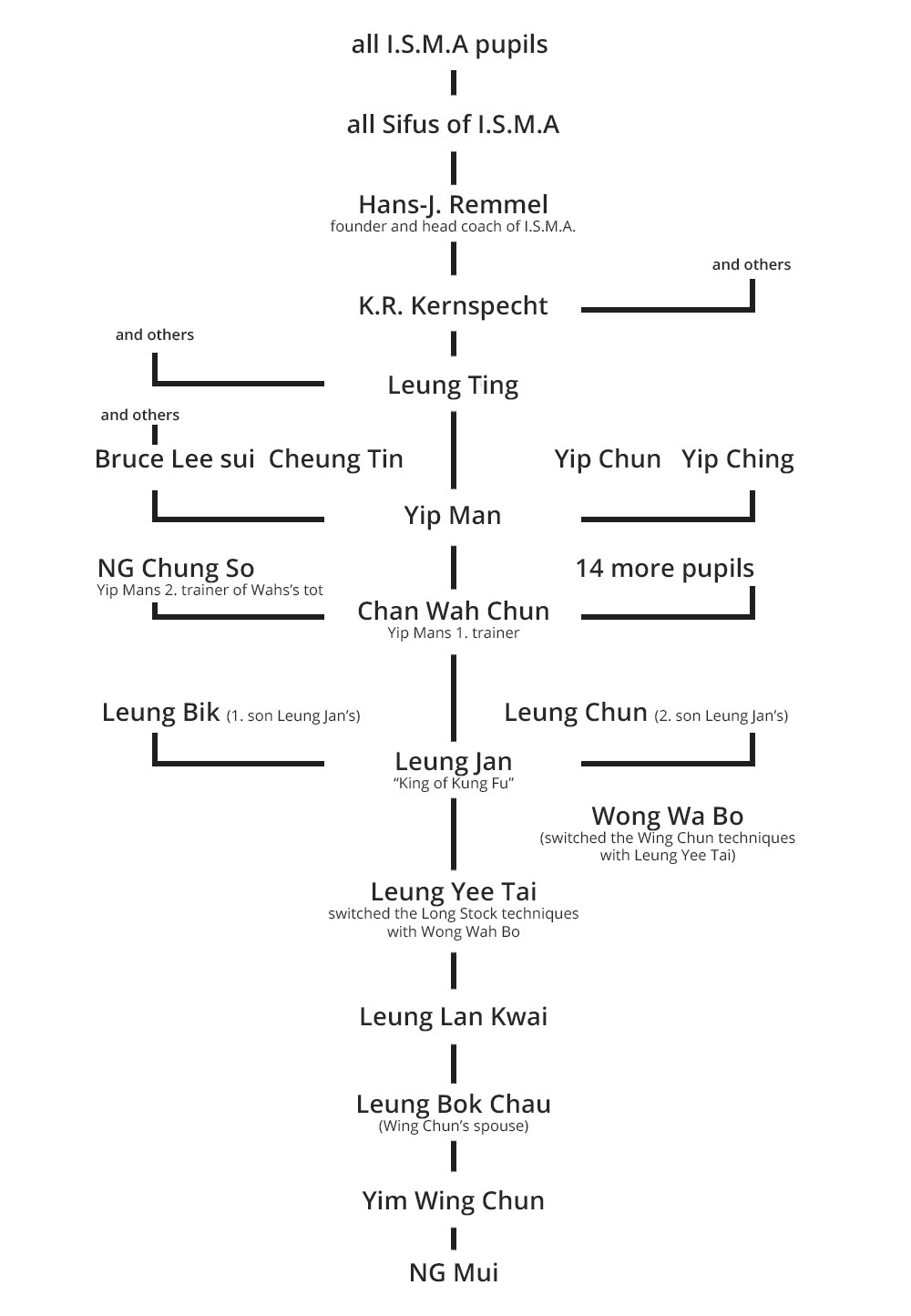
I.S.M.A. WyngTjun
The WyngTjun martial art was invented by women about 300 years ago in China. This traditional KungFu system only contains relevant movements for defense, not acrobatics. The lessons include special endurance exercises, gymnastics and combative partner exercises, such as defense against punching, kicks, clasping and much more. I.S.M.A.-WyngTjun promotes personal development, morality and discipline.
WyngTjun is the only martial art in which the tactile reflexes are specifically developed and trained. The tactile reflex is much faster than the visual one. Even blindfolded, the fighter can defend himself. This principle is called Chi Sao.
4 Combat principles
- If the direct way is free, go ahead!
- Get contact, stick!
- If the opponent is strong, give in!
- If the opponent moves back, follow him!
4 Forces
- Free yourself from your own disturbing power!
- Get rid of the power of your opponent!
- Borrow the power of your opponent!
- Use the borrowed power against yourself and add your own strength!
The 6 forms of I.S.M.A.- WyngTjun
SIU NIM TAO – Small idea
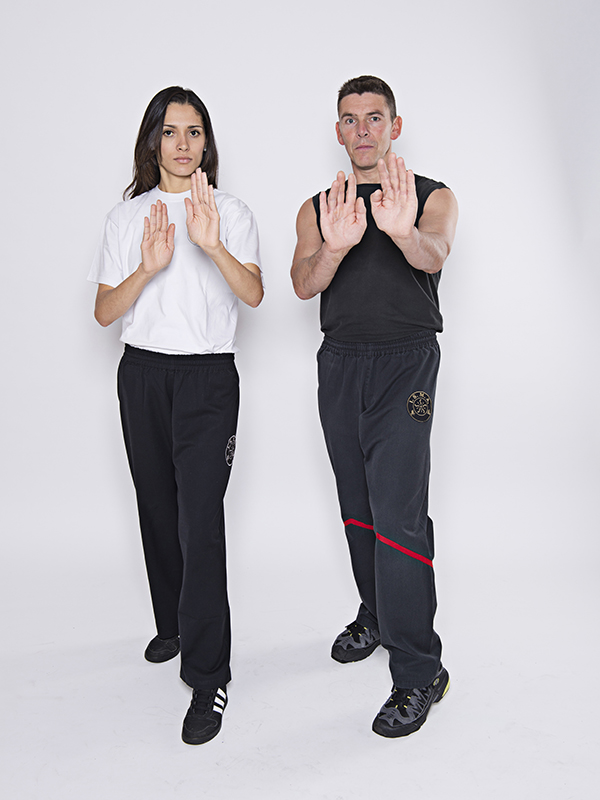
The first form contains the most important hand techniques and is carried out in the stand. The lower body performs an isometric exercise. One learns the right breathing and the most important concepts of the I.S.M.A.-WyngTjun system. Apart from a new whole-body awareness, the SNT develops awareness of arms and shoulder.
Cham Kiu – Bridge arms
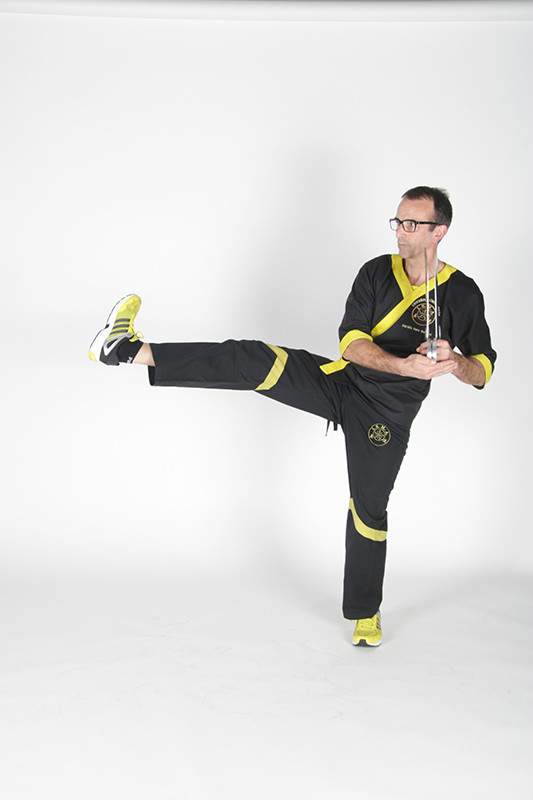
The CHK-Form trains steps, turns and footsteps. One develops awareness of the hip and legs as well as the balance within the movement. The arms and lower bodies are coordinated. 70% of the hand technique consists of Bong Sao, that is, space diagonals are used to make contact with the opponent. The form is used to make contact with the attacker from different angles.
Biu Tse – Thrusting fingers

Apart from the most effective attack techniques, elbow techniques, handcuffs and fingerprints of the system, the Biu Tse form also includes emergency solution concepts. Whole body movements and special step techniques are also practiced. The awareness of the trunk and the use of the spine are developed.
Mok Jang Chong Fa - 116 Wooden Dummy techniques
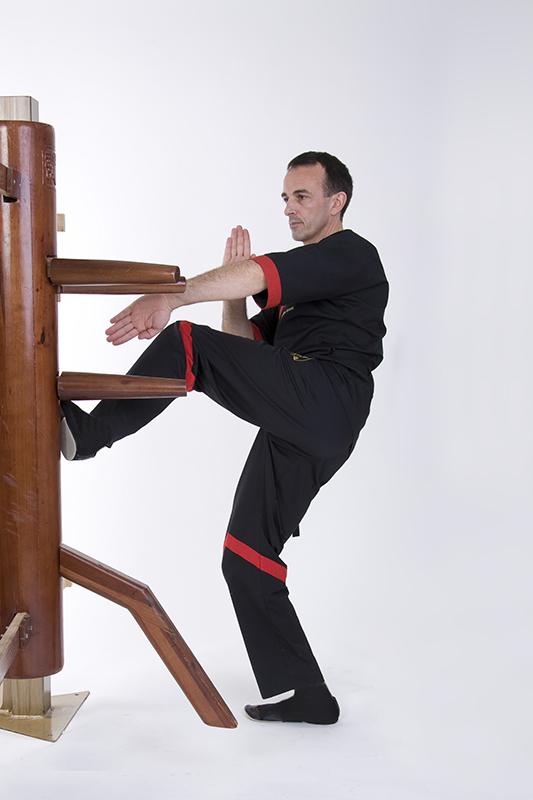
The wooden dummy improves the angle of the techniques and develops explosive power as well as special stepping and kicking techniques in combination with hand combinations. Awareness of tactics and strategy is developed. The wooden dummy techniques are thus a chess game for the body and mind.
Luk Dim Poon Kwan - 6 ½ point pole
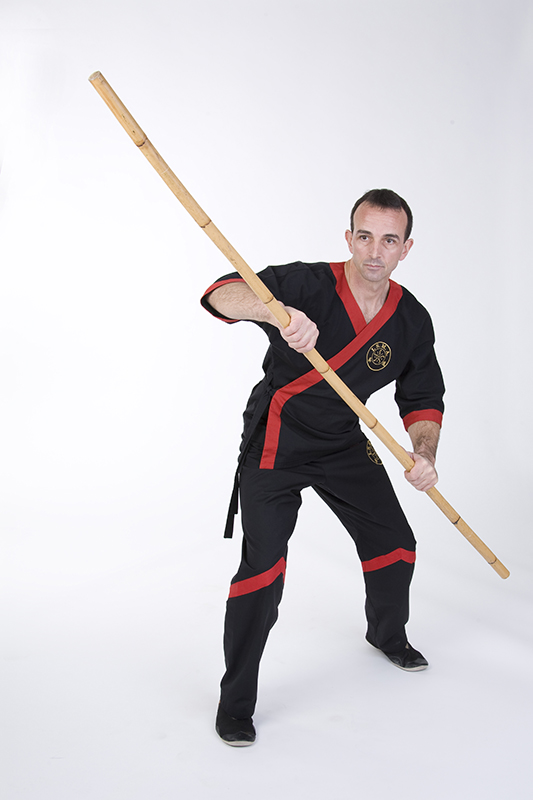
In the case of long-tail training, a dynamic whole-body force is developed, which can then also be transferred to weaponless techniques. The effective use of long and heavy weapons is learned by handling the WyngTjun long pole (2.40-2.80 m), which requires, among other things, special step work and concepts. The central line is visible” through the long pole and one develops geometric understanding for fighting. The consciousness is directed into the weapon or stick tip.
Bat Cham Dao – 8 Ways of double knifes
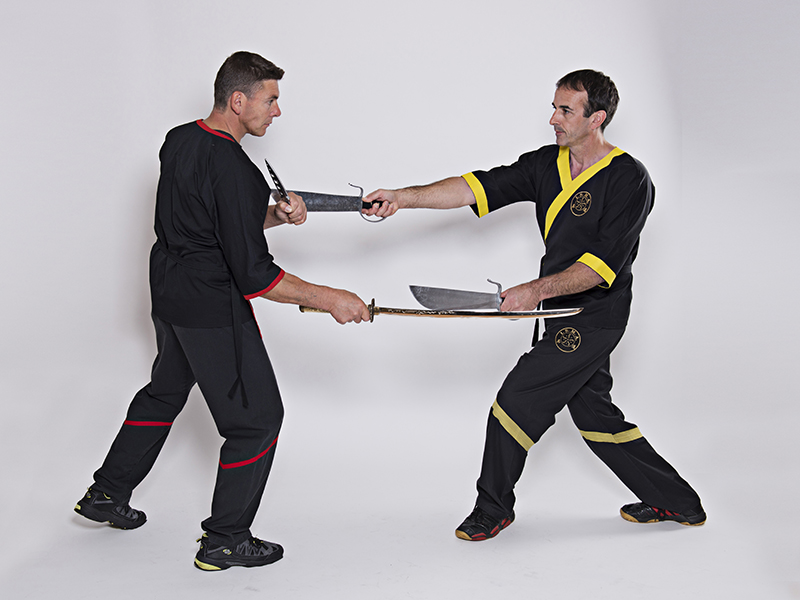
The double knife technique (length: 40 cm) develops fast step work, wich can be used in unarmed combats. Precision and speed with knifes are developed by the training. The kinfes represent an extension of the fighter´s arms. His awareness is projected into the knife´s peak.
